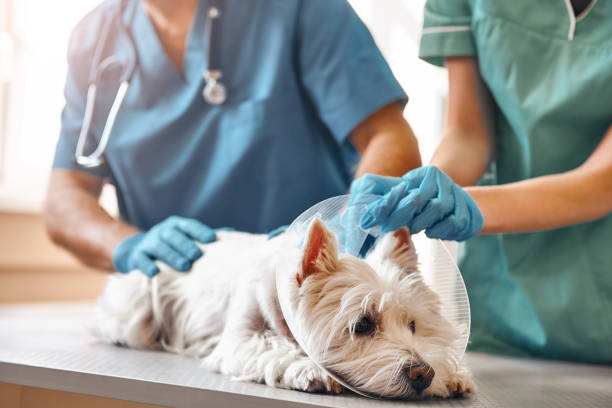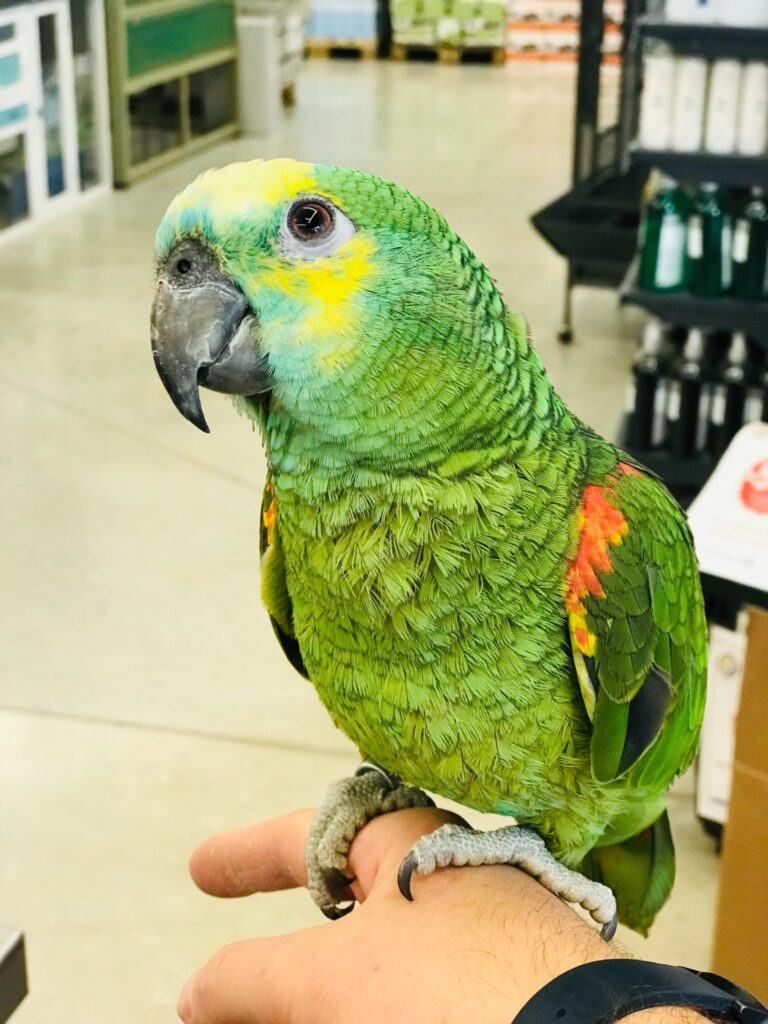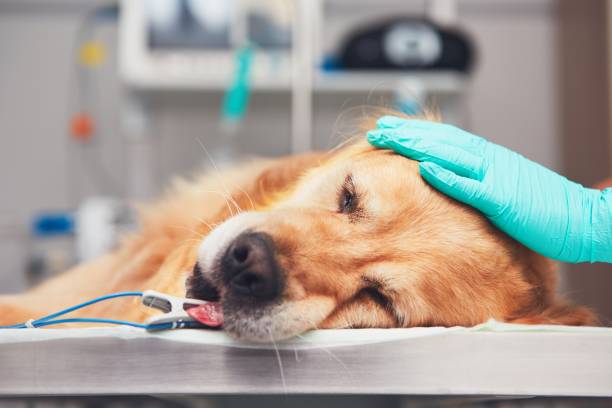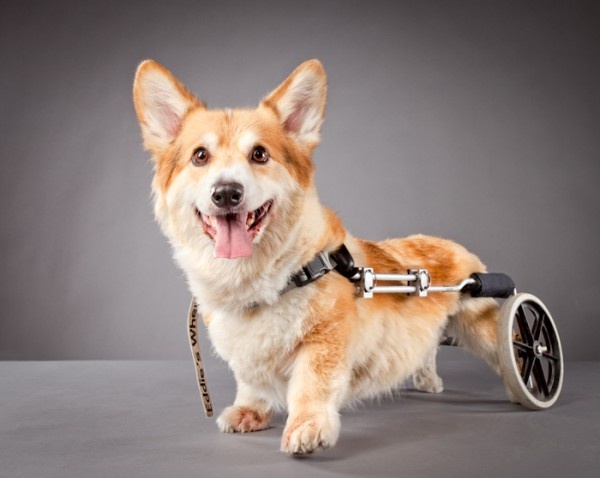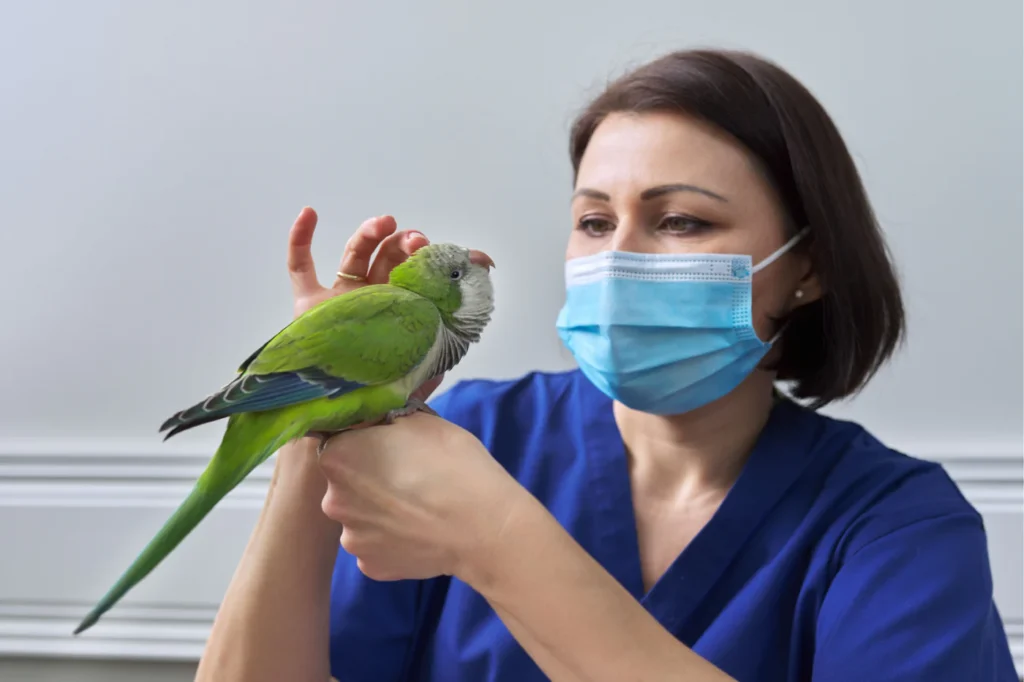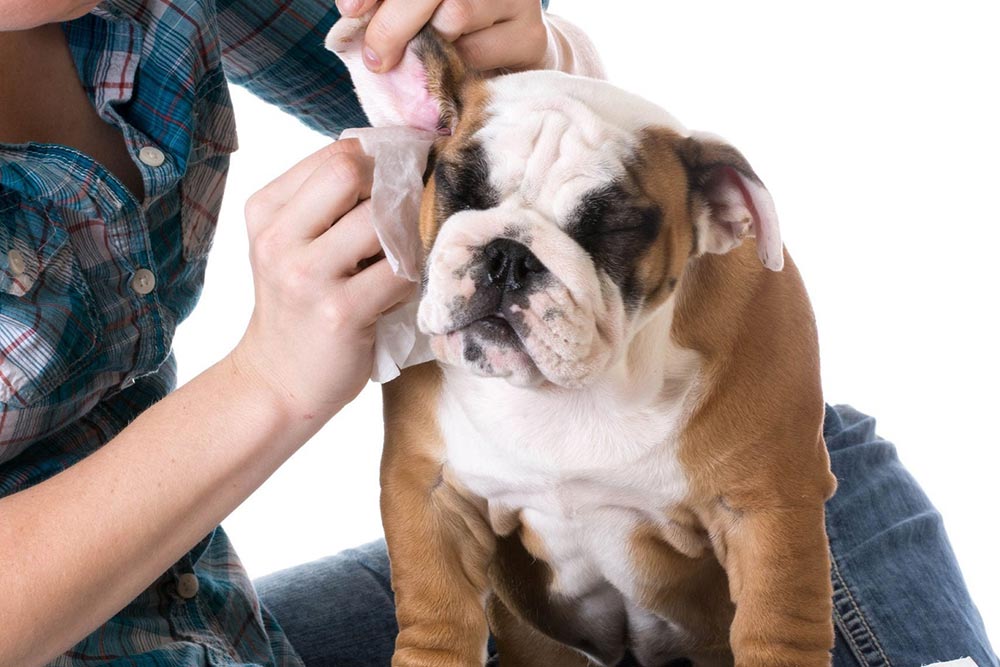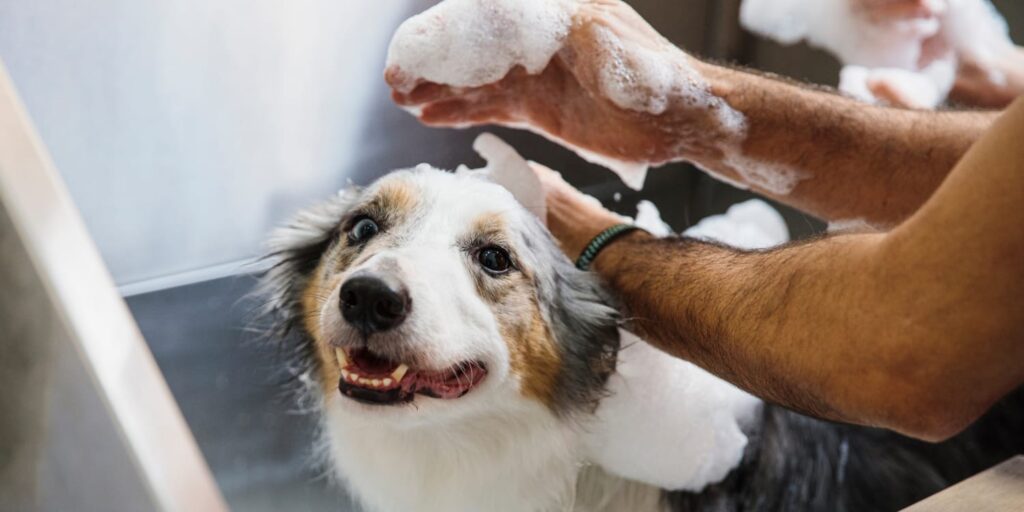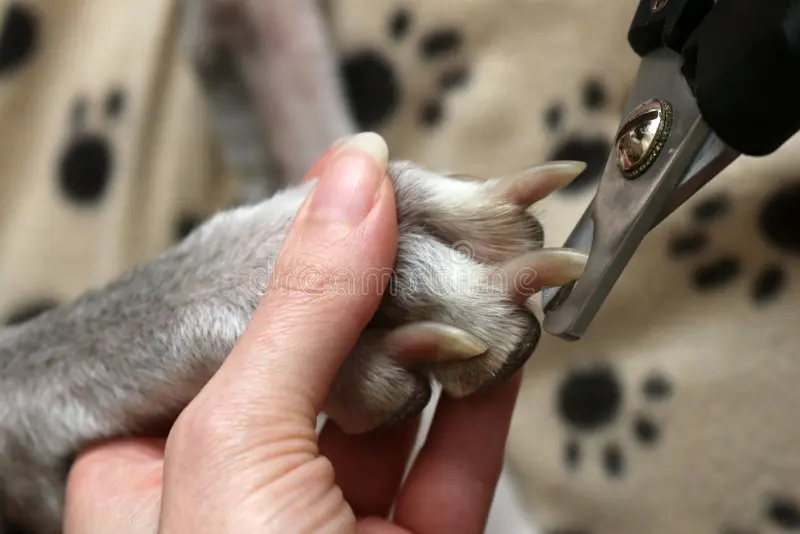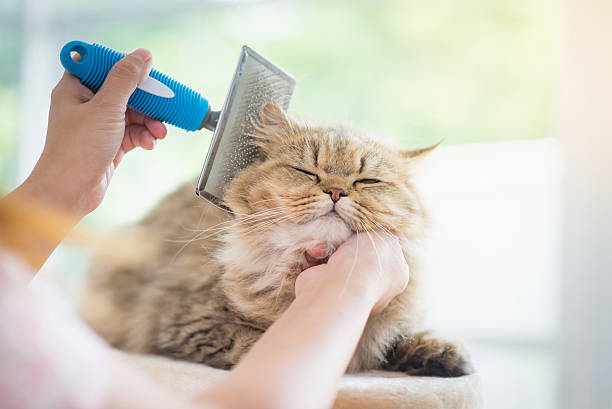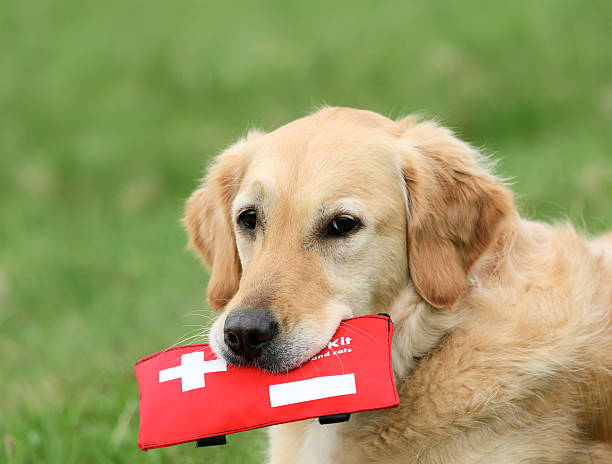Amazing Insights on Budgeting for Pet Care

Have you considered budgeting for Pet care?
Welcoming a pet into your home brings joy, companionship, and unconditional love. However, it is Important to understand that pet ownership comes with financial responsibilities. From food and grooming to veterinary care and unexpected expenses, the costs of caring for a pet can add up quickly.
Many pet owners find themselves unprepared for such expenses, highlighting the need for proactive financial planning to ensure the well-being of beloved pets without sacrificing financial stability.
In this article, we will discuss effective budgeting for pet care, ensuring that you can provide for your Pet without breaking the bank.
Understanding the Costs of Pet Ownership
Initial Costs
When adopting or purchasing a pet, there are initial expenses to consider, including adoption or purchase fees, spaying or neutering, vaccinations, and microchipping.
Additionally, you may need to invest in essential supplies such as food and water bowls, a bed, toys, a crate or carrier, and grooming tools.
Ongoing Expenses
Ongoing pet expenses include food, grooming, routine veterinary care (such as check-ups and vaccinations), parasite prevention (flea, tick, and heartworm), medications, and pet insurance.
Other costs to consider are boarding or pet sitting fees, training classes, and any additional accessories or services your pet may require.
Budgeting For Pet Care
Identify Necessary Expenses
Start by listing all the necessary expenses associated with caring for your pet. This includes food, grooming supplies, veterinary care, medications, and pet insurance.
Be sure to consider any breed-specific needs or health conditions that may require additional expenses.
Research Average Costs
Research the average costs of each expense category in your area. Prices may vary depending on factors such as location, pet size, breed, and specific service providers.
Websites, pet stores, and local veterinarians can provide valuable insights into typical costs.
Tips for Saving Money on Pet Care
Comparison Shopping
Compare prices for pet supplies, food, medications, and veterinary services from various sources, including online retailers, local pet stores, and veterinary clinics.
Look for discounts, promotions, and loyalty programs to save money on routine purchases.
DIY Grooming and Training
Consider grooming your pet at home instead of visiting a professional groomer regularly. Invest in high-quality grooming tools and learn basic grooming techniques through online tutorials or books.
Similarly, opt for DIY training methods to teach your pet basic commands and behavior management skills.
Pet Insurance and Wellness Plans
Investing in pet insurance or a wellness plan can help mitigate unexpected veterinary expenses.
These plans typically cover routine preventive care, vaccinations, and emergency medical treatment, providing peace of mind and financial protection for pet owners.
Emergency Fund for Pet Expenses
Importance of Emergency Funds
Building an emergency fund specifically designated for pet-related expenses is crucial for handling unexpected veterinary bills or emergency situations.
Having a financial safety net in place can prevent you from facing difficult decisions about your pet’s care due to financial constraints.
How to Build an Emergency Fund
Set aside a portion of your monthly budget for pet-related expenses and deposit it into a dedicated savings account.
Aim to accumulate enough savings to cover at least three to six months’ worth of pet care expenses, including veterinary emergencies and unexpected costs.
Conclusion on Budgeting for Pet Care
Budgeting for pet care is an essential aspect of responsible pet ownership. By understanding the costs associated with caring for a pet, creating a comprehensive pet care budget, implementing money-saving strategies, and building an emergency fund, you can ensure that your furry friend receives the care they need while maintaining financial stability.




